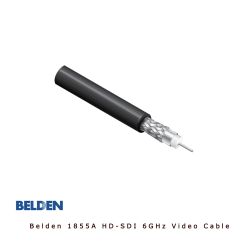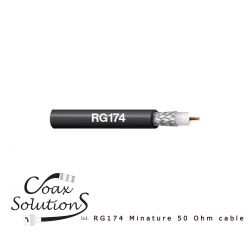
Categories
Search Site
Cable Assembly Service
Coax Solutions Ltd offers a full range of in house cable assembly solutions.
Read moreSpecials
3G SDI (SMPTE 424M)
 |
The term "3G SDI" is often seen in the video production arena. 3G-SDI is a successor to the HD-SDI interface. It uses the same connectors and coaxial cables and is also downwards compatible. It provides an increase in bandwidth, which allows both higher resolutions and frame rates through a single connection.
HD-SDI is a global standard, specified in SMPTE292M and allows HD video data rate at 1.485 Gbit/s
Higher picture quality and frame rates such as RGB 4:4:4 or 50/60p can be achieved through dual-link SDI connections. Dual link is also used for Stereo3D playback and record of two separate video streams in full resolution.
For broadcasters, HD-SDI has
disadvantages when working with Stereo 3D and high frame rates. The signals need
to have two connections (dual-link SDI) which increases requirements for video
routing, cabling and monitoring.
For post-production, an additional disadvantage is the limitation to a resolution of up to only 2048x1080 at 24fps. If full aperture 2K (2048x1556) needs to be transferred, a non-video data connection known as "High Speed Data Link" or HSDL is used which commonly runs at about 15 fps. Although HSDL uses the same dual-link interfaces it is generally non-realtime and not suitable for display purposes.
|
3G-SDI (SMPTE424M) effectively doubles the bandwidth to 2.97 Gbit/s. Video data that previously needed two SDI connections can now use "only one cable" and images which couldn't be handled in realtime at all can now use dual-link 3G-SDI. |


 Belden 1855A - 305M
Belden 1855A - 305M
 RG174-500M Reel
RG174-500M Reel
 Precision BNC Plug Belden 4855R
Precision BNC Plug Belden 4855R
 Inflatable Antenna - Marine
Inflatable Antenna - Marine
